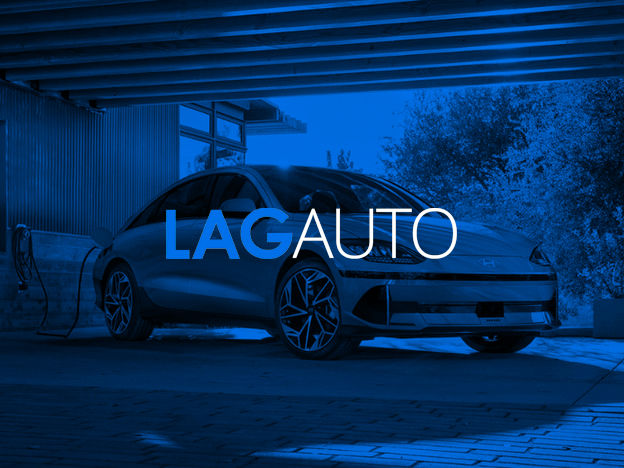
Is Now the Smartest Time to Buy?
Lock In Pre-Tariff Pricing at LAG Auto There’s been a lot of talk lately about potential automotive tariffs — and how they could impact vehicle...
Read more
In the rapidly evolving world of automotive technology, understanding the differences between hybrid, plug-in hybrid, and electric vehicles can help consumers make informed decisions that align with their driving needs and environmental goals. Here, we’ll explore these three types of vehicles, using specific models like the Honda CR-V Hybrid, Mitsubishi Outlander PHEV, and Kia EV6 as examples to highlight their features.
Hybrid Electric Vehicles (HEVs) combine an internal combustion engine with an electric motor and a battery. These vehicles do not plug into an external power source; instead, they generate electricity through regenerative braking and by harnessing power from the engine. This setup helps to improve fuel efficiency and reduce emissions compared to traditional gasoline vehicles.
Examples:
Plug-In Hybrid Vehicles (PHEVs)
Plug-In Hybrid Electric Vehicles (PHEVs) offer a blend between HEVs and fully electric vehicles. They feature larger batteries that can be charged by plugging into an external power source. This capability allows them to drive significant distances on electric power alone, after which the gasoline engine can extend their range, similar to an HEV.
Examples:
Electric Vehicles (EVs)
Electric Vehicles (EVs) are powered exclusively by electricity, stored in larger batteries that are charged from external sources. EVs produce zero emissions at the tailpipe and offer a quiet, smooth driving experience. They require more frequent charging than PHEVs but are perfect for those looking to minimize their carbon footprint.
Examples:
The choice between a hybrid, plug-in hybrid, and electric vehicle depends on a variety of factors including driving habits, charging infrastructure, and personal preferences. Whether it’s the efficiency and familiar operation of hybrids like the Honda CR-V Hybrid and Hyundai Tucson HEV, the flexible power and extended range of plug-in hybrids like the Mitsubishi Outlander PHEV and Kia Niro PHEV, or the innovative and environmentally friendly nature of electric vehicles like the Kia EV6 and Hyundai Kona Electric, today's market offers options to suit different lifestyles and needs. As the automotive industry continues to innovate, these electrified vehicles play a crucial role in the transition toward a more sustainable future.

Is Now the Smartest Time to Buy?
Lock In Pre-Tariff Pricing at LAG Auto There’s been a lot of talk lately about potential automotive tariffs — and how they could impact vehicle...
Read more
Kia Red Deer New Location Now Open!
Kia Red Deer has officially moved to a brand new location at 2949 50 Ave, Red Deer, Alberta! This relocation marks a significant milestone for our...
Read more
Why Choose LAG
Earn $500 for every referral. Refer your friends to us and earn 500$ for each new vehicle they buy. Your can spend your earnings at any of LAG...
Read more